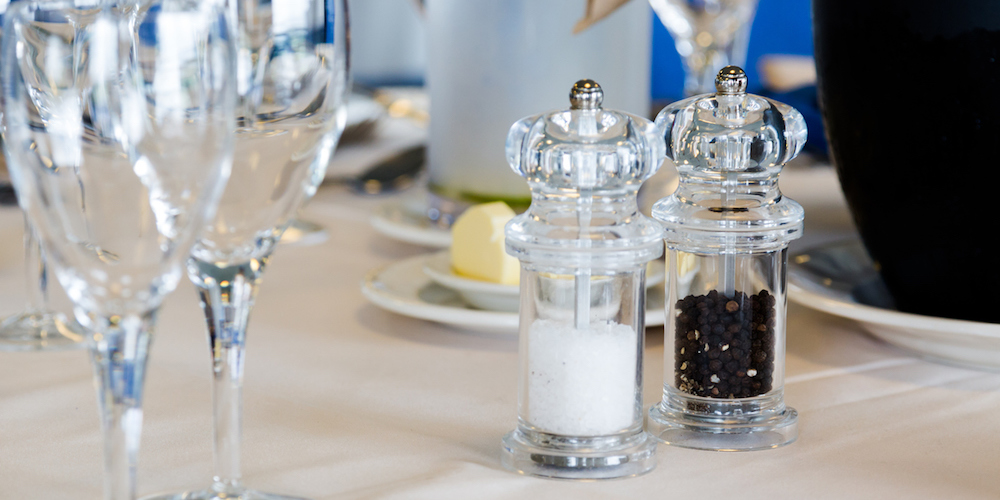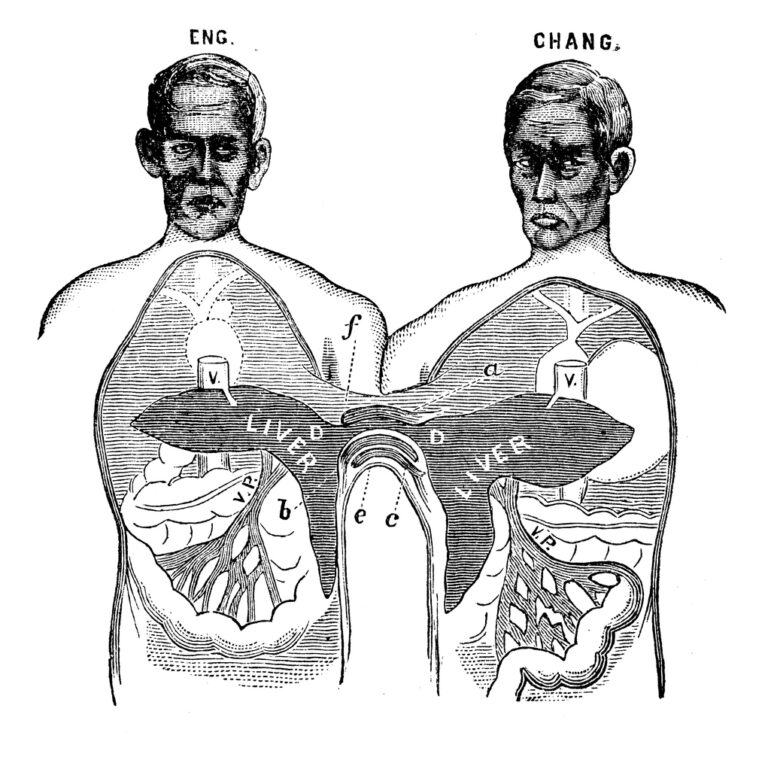Chances are you have salt on the dinner table every night, but a recent study has shown that your commonly used seasoning may actually be contaminated with microplastics.
Microplastics are tiny pieces of plastic smaller than five millimetres, which are formed when larger plastic products such as bottles break down.
The study, published in the peer-reviewed Environmental Science & Technology journal, analysed a selection of table salt brands from 21 countries across Europe, the Americas, Asia and Africa. It found that 36 of the 39 tested brands (over 90 per cent of the sample) contained particles of plastic. This raises serious concerns about the extent of plastic pollution, as well as how much plastic humans are consuming.
The levels of microplastics were found to be the highest in sea salt, followed by lake salt and then rock salt. This is perhaps unsurprising, given that according to the United Nations, nearly 13 million tonnes of plastic enters the world’s oceans every year.
The density of microplastics found in the salt also varied among different brands, but the study revealed that salts from Asian countries were particularly contaminated. The greatest quantities of microplastics were found in salt sold in Indonesia – which in 2015 was rated as the country with the second-highest level of plastic pollution in the world.
The study estimates that the average adult consumes approximately 2000 microplastics per year through salt. This adds to the microplastics we are potentially consuming through the food chain, and research this year has also suggested we could be ingesting them through bottled water and beer. The health impact of consuming microplastics is not currently known, though the US National Institutes of Health has said that it could cause harm through “physical and chemical pathways.”







